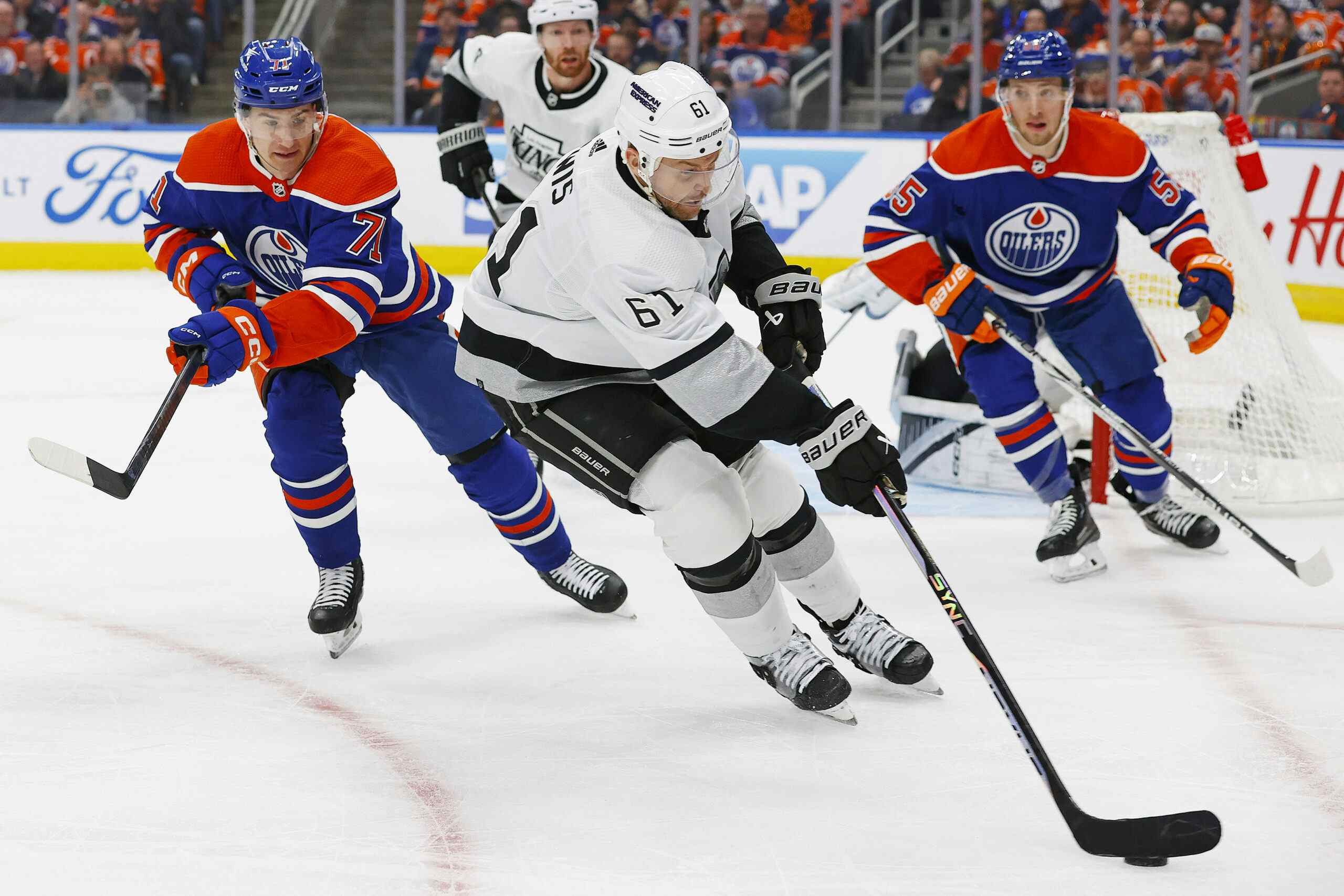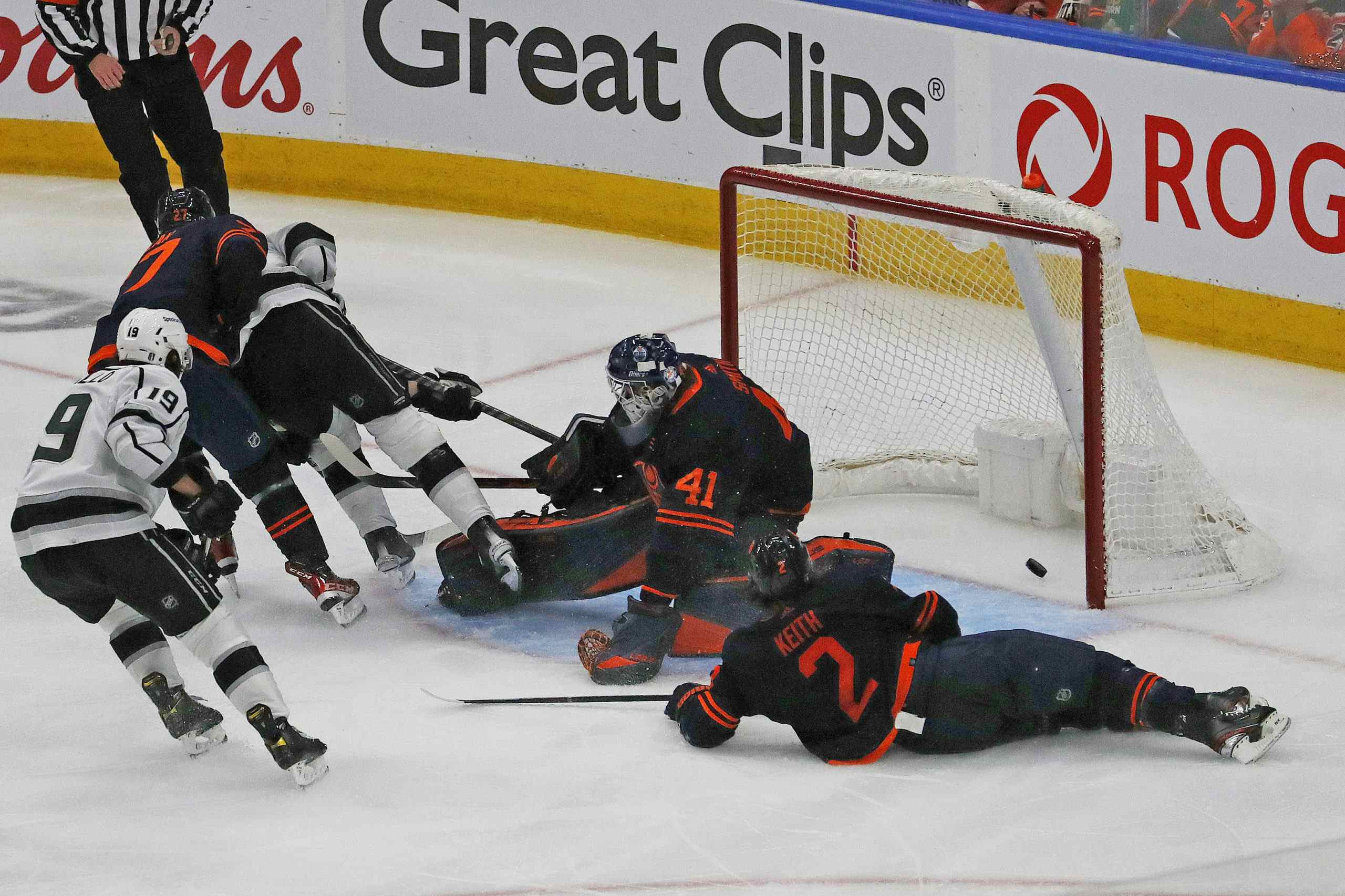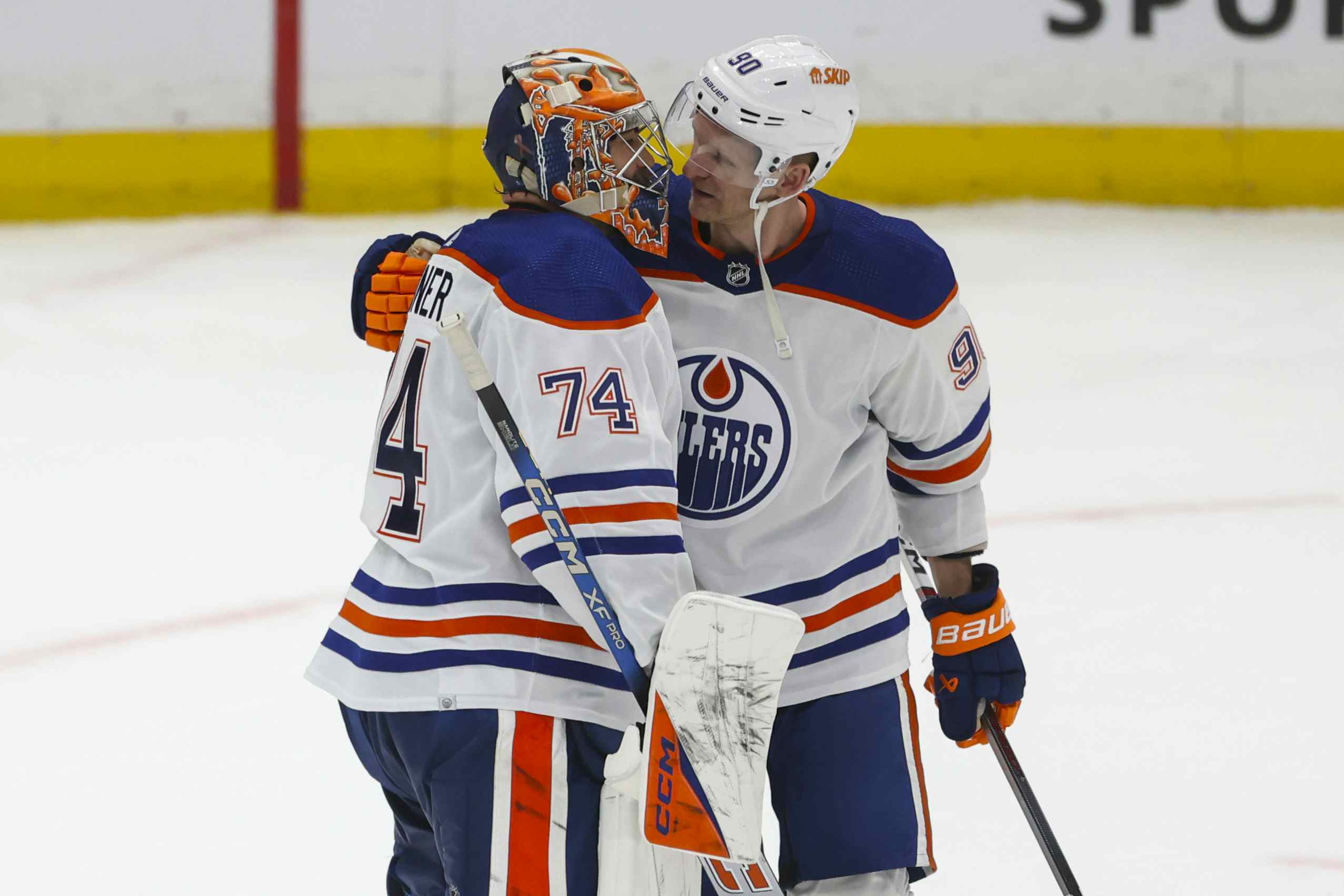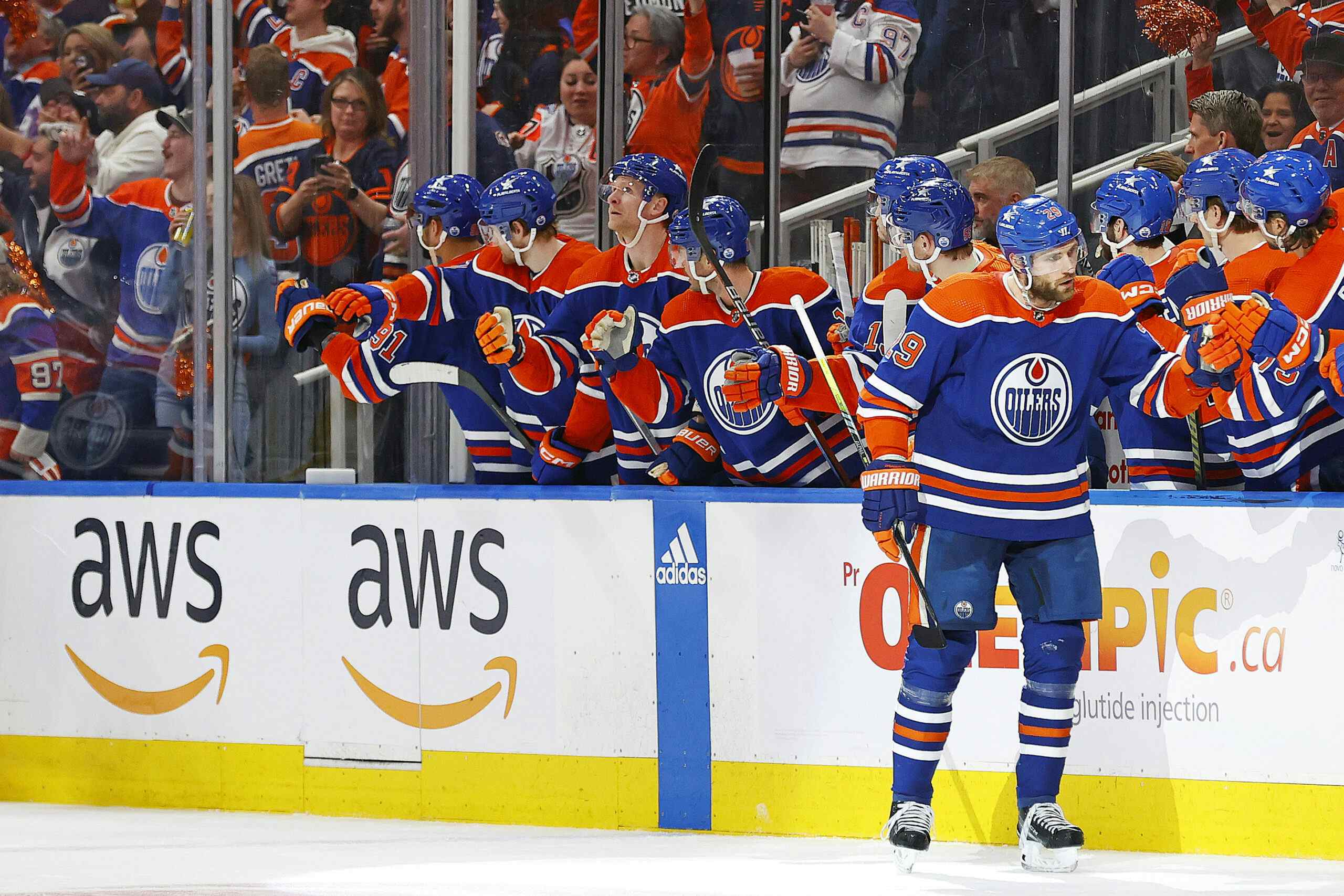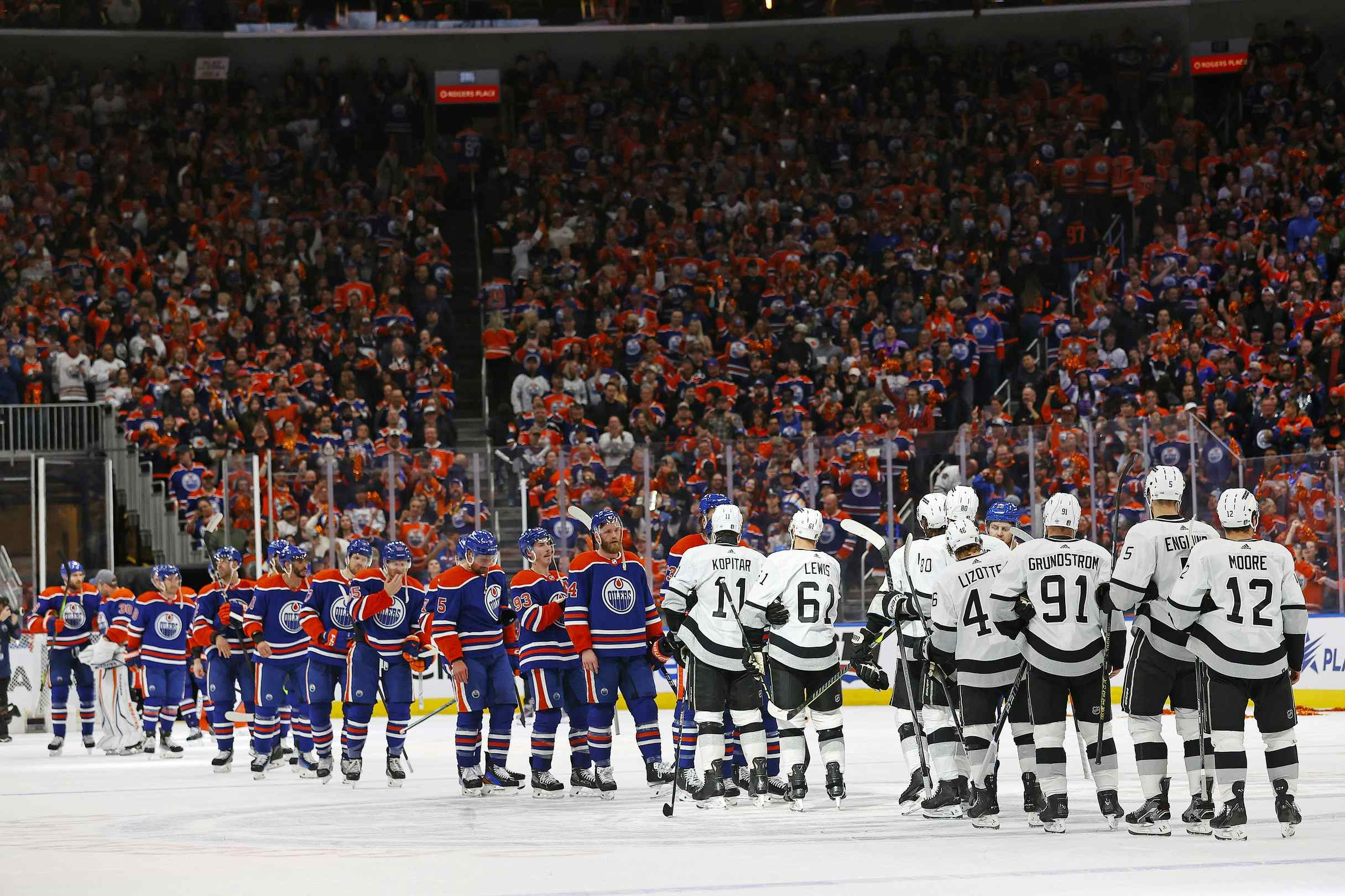Isn’t That Special
The 2009-10 Edmonton Oilers were not particularly good on special teams. The power-play ranked 18th in the NHL, with a 17.3% conversion rate. At 78.0%, the penalty-kill ranked 26th in the NHL.
Somehow, the 2010-11 Oilers are even worse.
How have the Oilers managed to lower the bar from last season’s atrocious results? Have they truly gotten worse, or is there something else at work here? Let’s look at some of the underlying numbers for this year’s edition of the special teams, and compare them to last season’s results.
| Power-play, 2009-10 | Power-play, 2010-11 | |
|---|---|---|
| Efficiency (all PP): | 17.3% (18th) | 11.4% (30th) |
| Shots/60 (5v4 only): | 43.5 (30th) | 42.2 (30th) |
| Shooting Percentage (5v4 only): | 13.4% (T-6th) | 9.9% (26th) |
| Penalty Kill, 2009-10 | Penalty Kill, 2010-11 | |
|---|---|---|
| Efficiency (all PK): | 78.0% (26th) | 75.0% (30th) |
| Shots Against/60 (4v5 only): | 55.9 (26th) | 59.2 (29th) |
| Save Percentage (4v5 only): | 0.874 (T-16th) | 0.839 (29th) |
Looking at that data, we can see a few things. First off, the power play both this year and last couldn’t generate shots (although this season’s edition is slightly worse), and the real difference between them is shooting percentage. I’d be hesitant to attribute that better percentage in 2009-10 to anything other than chance; the fact is that across the league as a whole, more shots on the power play tend to result in a higher shooting percentage (last year’s correlation was a weak 0.302). It’s very rare for a team to put up low shot totals and a high shooting percentage as the 2009-10 Oilers did.
The difference in the penalty-kill is more pronounced. As with the power-play, the Oilers saw a percentage-based implosion, dropping from middle of the pack in save percentage to 29th in the NHL, thanks mostly to Nikolai Khabibulin’s incredibly bad results. The penalty kill is also allowing more shots; roughly a six percent increase. I should note here (before someone starts talking about how Khabibulin’s poor PK save percentage is the result of the PK unit) that there’s a very poor correlation (0.110) between shots allowed and save percentage; in other words, allowing more shots does not guarantee a poorer save percentage. Additionally, Khabibulin’s traditionally had poor results on the penalty kill.
How much of the problem here is coaching and how much personnel is difficult to say. On the power play, I’m at least a little bit inclined to blame coaching, given the poor years that even traditionally reliable players have suffered through this season. I’m also consistently amazed by the lack of player movement the Oilers display on the man advantage; they seem to have designated spots they don’t stray from. Watching the Canucks play the Flames last night was remarkable, as the Canucks’ enti unit shifted time and again, which forced the penalty killers to chase individual Canucks for virtually the whole power play. It’s something I’d dearly love to see from an Edmonton Oilers team at least once before I die.
There’s plenty of blame to go around on the penalty kill. I mentioned Khabibulin earlier, but I wanted to put some numbers to how bad he’s been, by comparing him to Devan Dubnyk this season and Jeff Deslauriers last season, both of whom had to put up with the same coaching/personnel problems that the old Russian has. First off is Khabibulin’s save percentage, and goals against, followed by the equivalent goals-against using the PK SV% rates of Dubnyk and Deslauriers:
- Khabibulin: 188 shots against, 0.814 save percentage, 35 goals against
- Dubnyk, 2010-11: 188 shots against, 0.878 save percentage, 23 goals against
- Deslauriers, 2009-10: 188 shots against, 0.877 save percentage, 23 goals against
Now, it’s true that Khabibulin had a nasty run to start the year. As of mid-December, he had a nasty 0.791 save percentage. Since then, however, he’s put up better but still miserable numbers; his 0.840 SV% over the last two months is well back of the performances from Dubynk and Deslauriers. The Oilers, as a team, are minus-52 so far this year; the difference between Khabibulin and Dubnyk/Deslauriers is almost one-quarter of that deficit.
As for the coaching, I don’t have much to say that Tyler Dellow and Derek Zona haven’t already said. The diamond was a disaster. The coaching staff made alterations, and the penalty kill remained a disaster. When this batch of coaches is inevitably fired (as everyone but Jacques Lemaire, who just retires, eventually is), I doubt any of them will list involvement with the Oilers 2010-11 penalty kill as a high point on their respective resumes.
As for personnel, there’s no need to beat a dead horse here. Kevin Lowe and Steve Tambellini have relentlessly purged the team of every forward not named Shawn Horcoff who shows the slightest hint of defensive ability, and it’s not surprising that both the penalty kill and the third line have been a morass of despair since the trend started with Jarret Stoll and Marty Reasoner back in the summer of 2008.
Recent articles from Jonathan Willis

